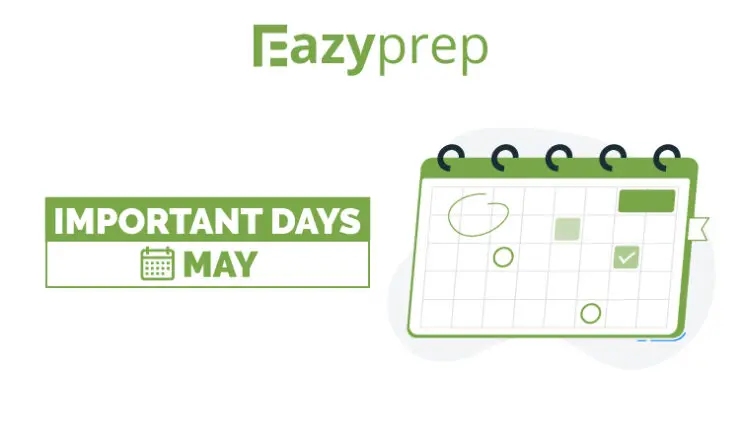![]()
 What will you learn in this article
What will you learn in this article
- How to form grammatically correct sentences containing multiple adverbs
ExamConnect
A good understanding of the sequence in which different types of adverbs are used in a sentences will help you in exam questions like:
- Sentence correction
- Fill in the blanks
- Parajumbles
- Writing descriptive answers
- Reading comprehension
Sequence of multiple adverbs in a sentence
In the last article, we learnt about the different types of adverbs. Now let’s see what happens when we have to use the different types of adverbs in the same sentence.
In creative writing and speech, describing words like adverbs help you paint a picture. Hence, some of your sentences may have more than one type of adverbs. In such a case, how do you sequence the adverbs so that the sentence sounds correct as well as does not lose its meaning? Well, here is the formula for the same:
When there are two or more adverbs in a sentence they follow an order in which they are positioned in a sentence:
Manner> Place > Frequency > Time> Reason
Remember that this is a guide rather than a rule. There will be many exceptions to this formula. But for now, let’s try to understand this in detail with some cricket examples:
- Sachin plays calmly (manner) inside the ground and always (frequency) leaves the cricket pitch after (time) everyone to remain focused (reason)
- Rohit got ready quickly (manner) in (place) the lunchroom
- Mithali goes to (place) the practice pitch often (frequency)
- Smriti often (frequency) continues practising after (time) everyone has left
- Dravid arrives early (time) to maintain discipline (reason)
Some other rules
1. Special verbs
If the verb is am/are/is/was then adverbs of frequency are placed after the verbs. For example:
I am never late for practice
He is always at the stadium even on holidays.
2. Introductory adverbs
To place extra emphasis on an adverb, it can sometimes be shifted to the beginning of a sentence as an introductory adverb. This is especially applicable for adverbs of reason.
For example:
Dravid arrives early (time) everytime (frequency) to maintain discipline (reason)
In order to maintain discipline (reason), Dravid arrives early every time
3. Adverb length
Usually short adverbs are placed before longer ones, as long as they do not change the meaning of the sentence
For example:
He hits the ball in every match (frequency) in the most extraordinary way (manner)
4. Multiple adverbs of the same type
When we have multiple adverbs of the same type in a sentence, we order them based on how specific or non-specific the adverb is. Specific adverbs come first in the sequence.
For example:
Rattan lived at home (more specific place) with his parents (less specific place) to save money (purpose) while he was training for cricket (time).
Great! Time to move on to the next topic of adverbs- the three degrees of comparison. But before doing that, let’s quickly revise what we learnt.
 Check Your Understanding
Check Your Understanding
- What is the sequence in which different adverbs should be ordered in a sentence?
- Which of the following sentences is correct?
- She writes to score good marks beautifully
- She writes beautifully to score good marks


